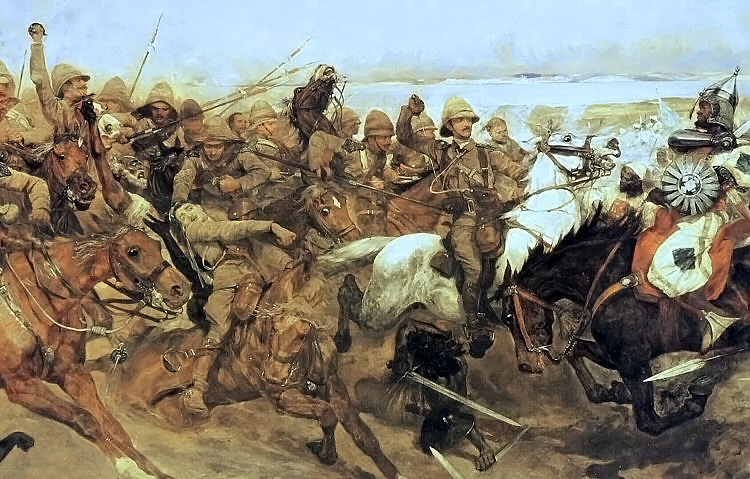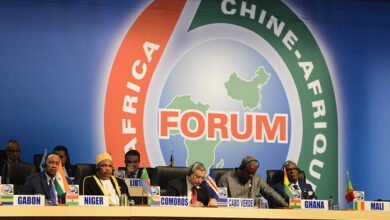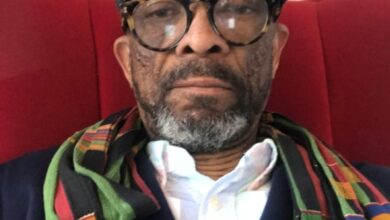
Rise and Fall of the Three Revolutions

Omer B. Abu Haraz
In the article of last week, the sequence of events in the governance of Sudan since 1885 to date was narrated, mentioning that since the independence of Sudan in 1956 (65 years) democratic civilian rule was in 13 years only of which 4 years were the transitional hybrid rule of civilians and military – including the ongoing transitional period. The other 52 years were autocratic military rules after three full-fledged military coups.
This article’s emphasis is on the failure of the three popular revolutions to achieve the slogans of each of them.
The slogan of the first popular revolution of October 1964 which removed the first military rule (1958 – 1964) was cleansing of the civil service. The slogan of the second revolution (April 1985) was removing and uprooting the relics of the May military regime (May 1969 – April 1985).
The slogan of the third popular revolution (December 2018) which ousted the longest Islamic military rule (June 1989 – April 2019) was Freedom, Peace, and Justice.
To reach a logical reason for the failure of the three revolutions to achieve and fulfill the demands of the revolutionaries in their meaningful slogans, the following analysis sets the answers:
- All three revolutions were led by leftist leaders in their wide spectrum from the communists to the middle rightest political parties. However, the communists and Baathists were dominant in the leadership of the three revolutions.
- The first military coup (November 1958) was a calculated relinquishing of power by the democratically elected government of the Umma Party led by Prime Minister (PM) Abdallah Khalil who asked, under his post as PM and Minister of Defense, General Abboud the Army Chief in Command, to take over. Khalil government was destined to be removed by a cast of no vole in the parliament session of 17 November 1958. Abboud’s military rule assumed power on the early morning of November 17th, 1958.
- The second military coup on May 25th, 1969 staged by young officers led by Colonel Nimeiri. It started a red communist coup in retaliation to the dissolving of the Communist Party and the expulsion of its members in the parliament in 1965. The coup stayed communist for only two years. Three communist officers who were members of the coup command council were expelled from it in 1970. In July 1971 the three staged a coup that failed after three days. The leaders of the coup military and civilians were executed after very short High Summary Military Courts. After the failed coup General Nimeiri became an autocratic President leaning to the rightist political parties and going all the way in the right till he aligned with Islamic Front in September 1983.
- The third coup of June 1989 was a complete Islamic regime led by the Sudanese Islamic Movement.
Reasons for Failure of the Three Revolutions:
- All three revolutions were led by leftists brandishing popular slogans.
- In the three revolutions, the success was accomplished by the aligning of the top brass of the army. As known, all army top brass are considered in the bourgeois class of the society. This fact puts them at loggerheads with revolutionaries of the middle and low classes of society. In the ongoing transitional period, this social difference together with the ideological allegiance of hybrid rule factions is creating hurdles and impediments to the reaching of the ultimate objectives of the December Revolution. The performance of the civilian government is sluggish becoming far behind the aspirations of the revolutionaries and the citizens, especially the youth who supported it.
- The first two transitional periods resulted in the repeated weak incoherent civilian rule of the same political parties which their poor performance led to the first two military coups.
- The consequences of the poor performance of the incumbent government will lead to the same result and bring Sudan to square one, but this time not necessarily in the same norm of the three previous coups.




